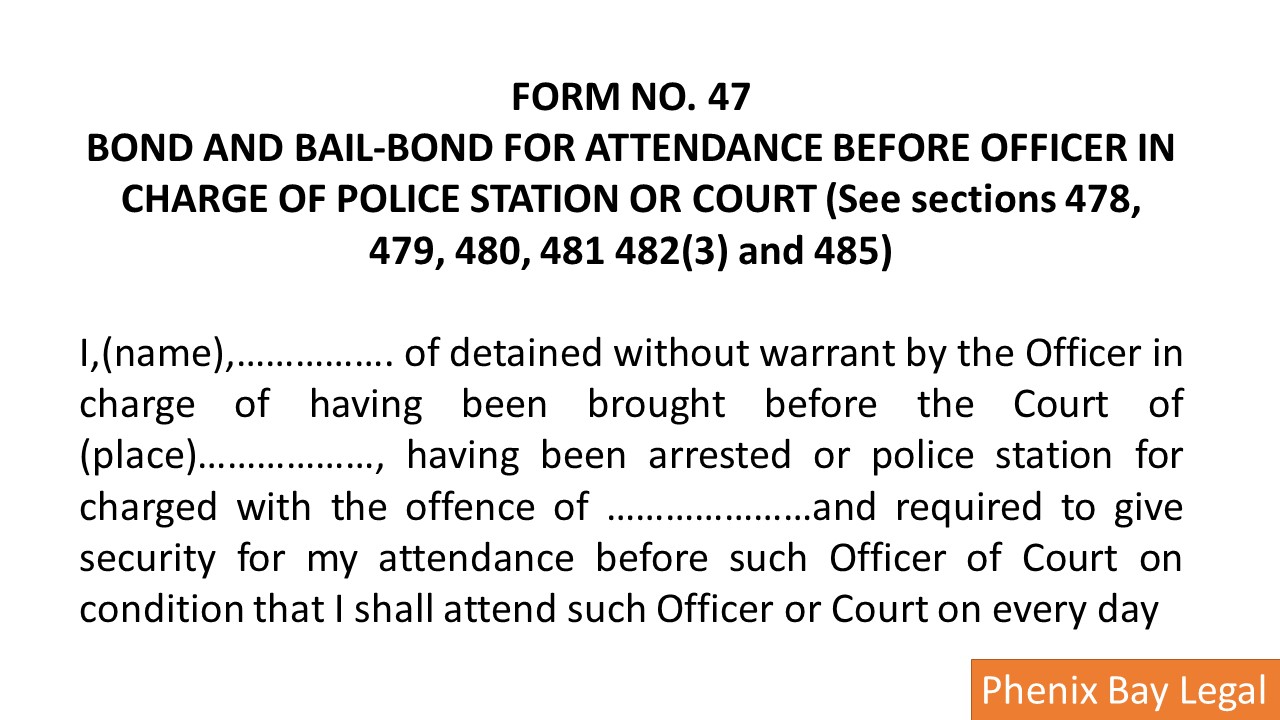Reviews
M.R.P. : ₹ 70.80
(Inclusive of all taxes)
Details
- Product Description: Bail Bond Form - Bhartiya Nagrik Suraksha Sanhita Introducing the Bail Bond Form as outlined in the Bhartiya Nagrik Suraksha Sanhita. This essential legal document is meticulously designed to facilitate the process of securing bail for individuals in accordance with the latest guidelines and regulations.
Description
Introducing the Bail Bond Form as outlined in the Bhartiya Nagrik Suraksha Sanhita. This essential legal document is meticulously designed to facilitate the process of securing bail for individuals in accordance with the latest guidelines and regulations.
Circumstances Requiring a Bail Bond:
-
Post-Arrest Release:
- After a person is arrested, a bail bond is often needed to secure their release from custody while awaiting trial. The bond acts as a financial guarantee that the accused will appear in court for all scheduled proceedings.
-
Bail Hearings:
- During a bail hearing, the judge determines whether the accused is eligible for bail and sets the amount. If bail is granted, the accused (or someone on their behalf) must secure a bail bond to facilitate their release.
-
Non-Violent Crimes:
- In cases involving non-violent offenses, judges are more likely to grant bail, allowing the accused to be released with a bail bond while awaiting trial.
-
First-Time Offenders:
- Individuals with no prior criminal record are often granted bail, requiring a bail bond to ensure they return for court appearances.
-
Misdemeanor Charges:
- For lesser offenses categorized as misdemeanors, bail is commonly set, and a bail bond is needed for release from custody.
A bail bond is a crucial component of the legal process, allowing individuals accused of crimes to be released from custody while ensuring their return to court. It serves as a financial guarantee and can take various forms, including surety, cash, and property bonds. Understanding when and how to secure a bail bond is essential for navigating the judicial system effectively.
